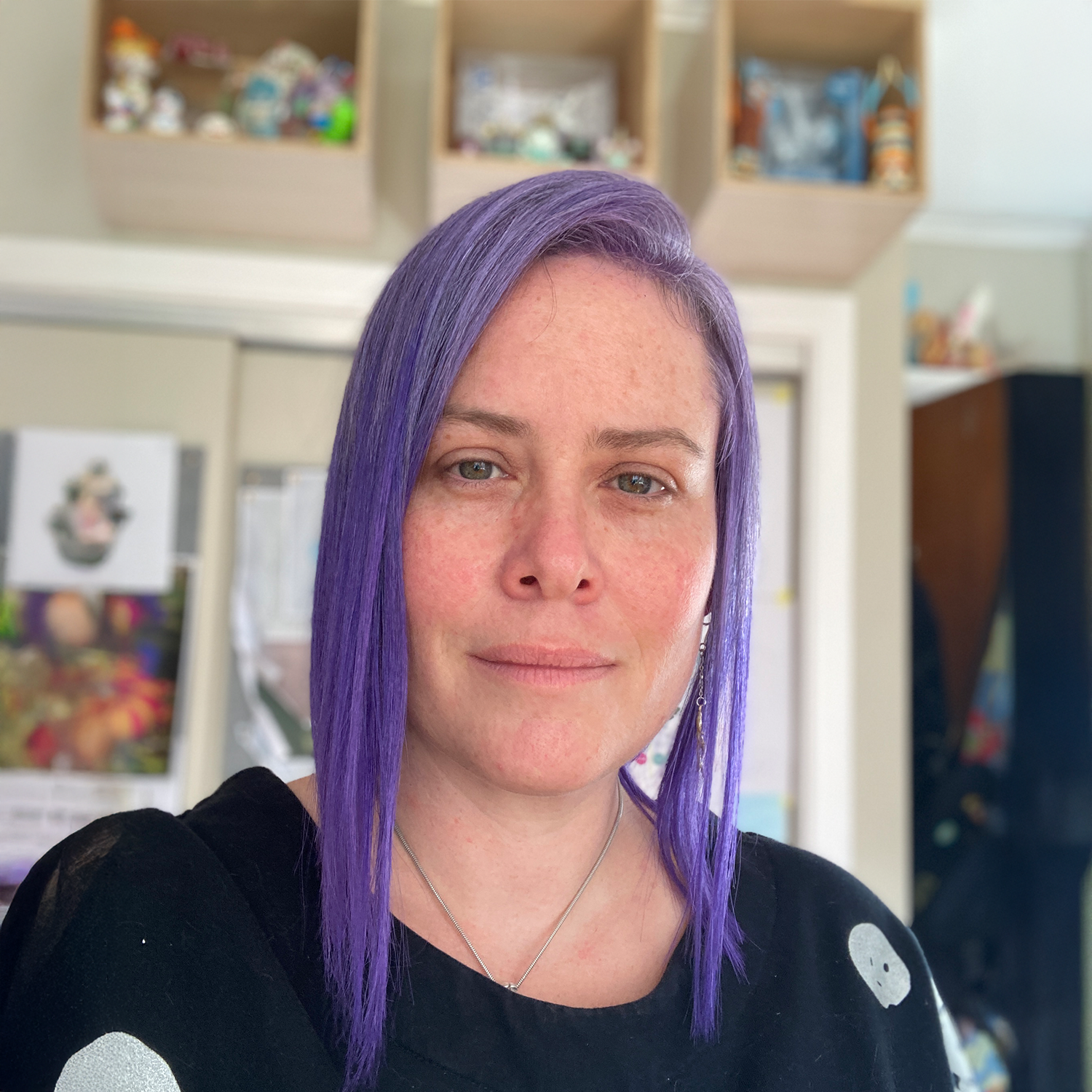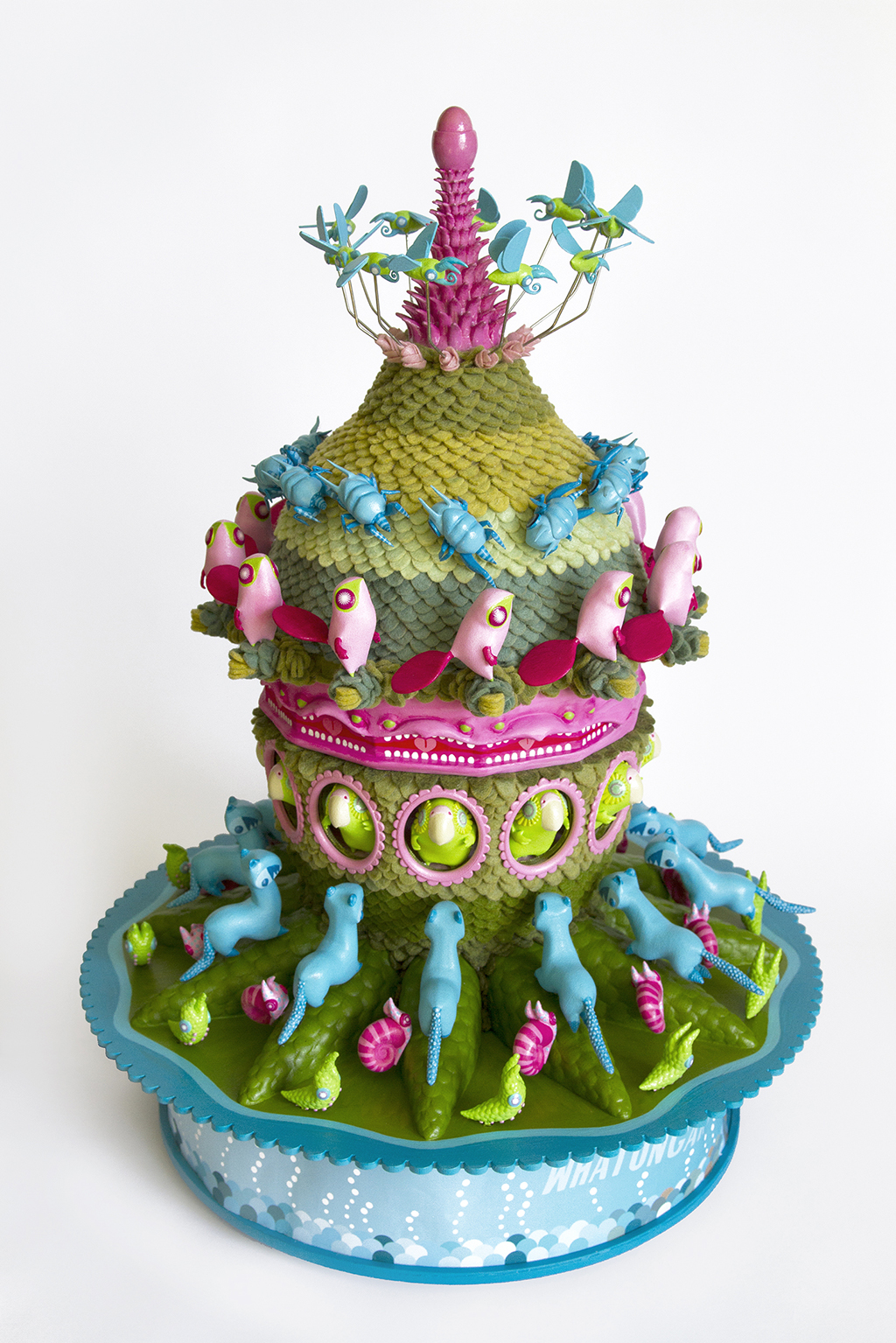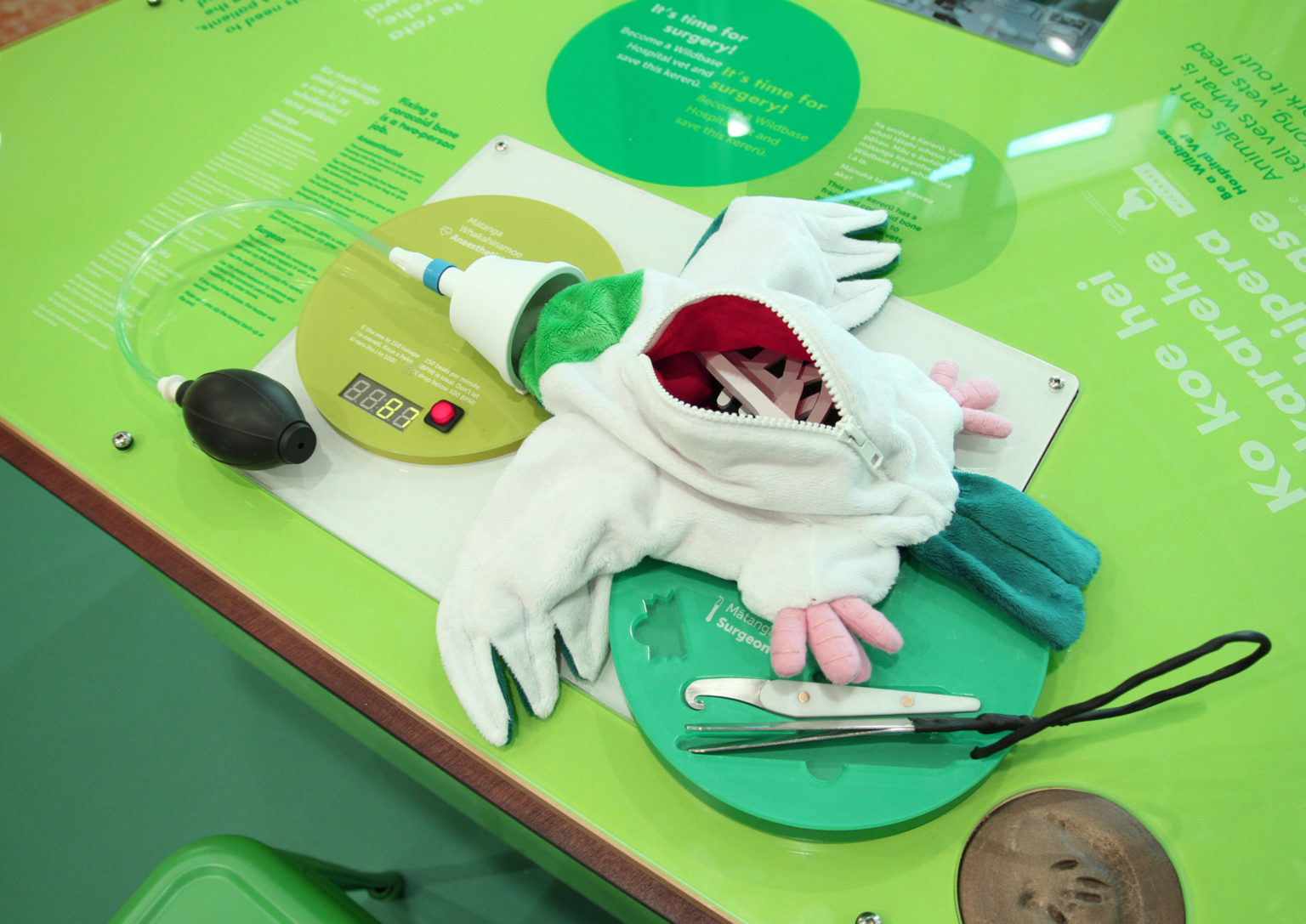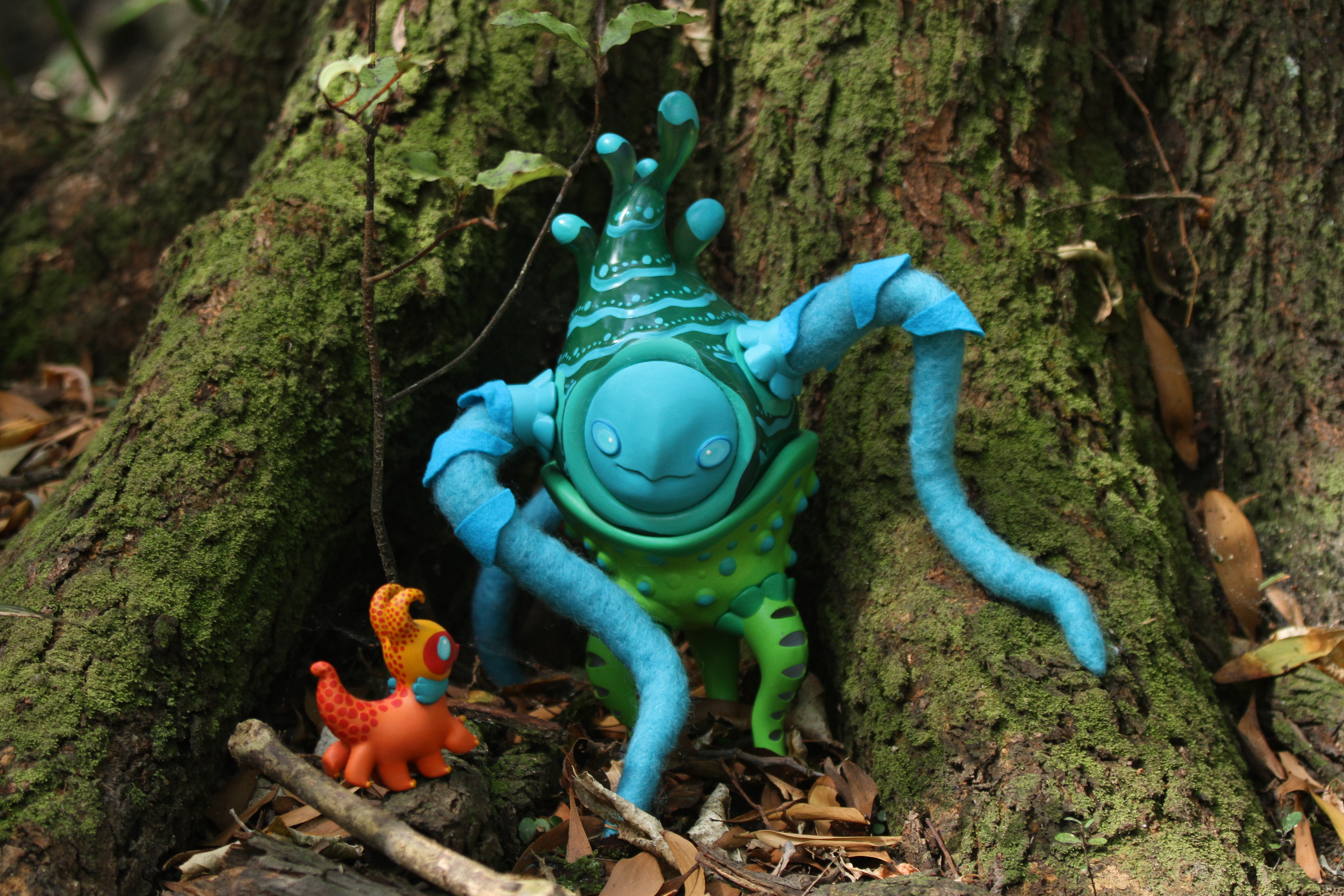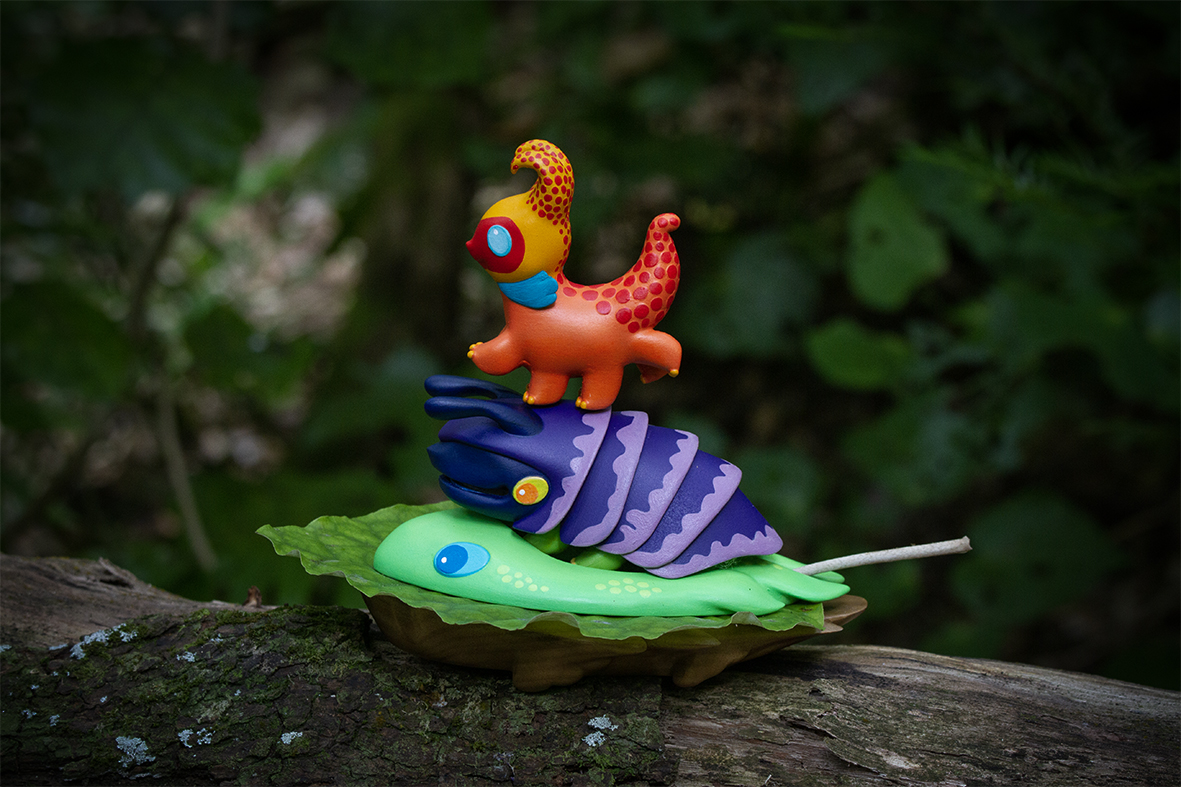The Underfoot : An Eco-fiction character toy design (2024)
The Underfoot Toys propose a new mode of character toy, specifically designed for outdoor play, where the natural world becomes an ever-changing playset for the characters. The Underfoot toys seek to reconnect children with the natural world's magic through character toy play in the environment.
The project received a Core 77 Design award (Notable 2024) in the Toys and Play category, and a DINZ Best Award Bronze for Product design (2024).
Central Energy Trust Wildbase Recovery (2019)
Central Energy Trust Wildbase Recovery (CETWR) is a unique experience, giving New Zealanders and international visitors a rare opportunity to engage with the stewardship of our native taonga. Located at Palmerston North’s Victoria Esplanade, CETWR comprises breeding and inflight walkthrough aviaries and nine rehabilitation aviaries, surrounding the PowerCo Education Centre. As Design Director for the project , we were commissioned to conceptualise, design and fabricate all narrative, spatial, furniture, graphic, illustrative and interactive content within the education centre, and around the facility. In collaboration with mana whenua Rangitāne o Manawatū, kaitiaki of the native animals recovering here, the space is proudly and entirely bilingual.
The project won a Red Dot award (Design Concept 2019) and was awarded a DINZ Best Award Bronze for Designed Object, and finalist for Toitanga, Public Good and User Experience/Empowering ( 2019).
Kakatrope (2015)
Kakatrope, an innovative 3D printed Zoetrope, explores animated storytelling through kinetic sculpture. Immersive storytelling is applied to a moving object through character performance and allegory within tangible animation. The work seeks to build public awareness of the New Zealand island reserve, the interventionist role of pioneering conservationist Richard Henry in Kakapo conservation, and the history of wildlife predation in NZ. Kakatrope was commissioned for the Pictoplasma All Stars exhibition in Berlin (Germany). The work was selected by Scientifica, in collaboration with the London Science Museum, for inclusion in the Future of 3D printing exhibition, Brasov, (Romania) The Prague Doll Festival (Czech Republic); and Aotearoa Fantastical (NZ)
TweetMe (2012)
TweetMe is an interactive forest which seeks to create a dialogue about New Zealand bird ecology with members of the public, through the use of augmented technology. Interaction with digitally augmented tangible artefacts provides alternative forms of playful experience generation and storytelling. TweetMe has been exhibited at Makertorium at Te Papa Tongarewa and Wild at New Zealand wildlife week at Pataka. TweetMe was awarded Bronze in the 2012 DINZ Best Awards and a Red Dot Concept award in 2016.
